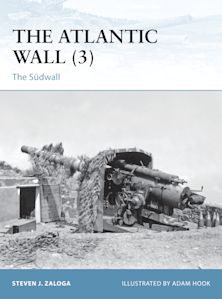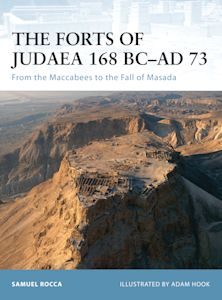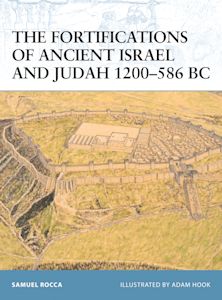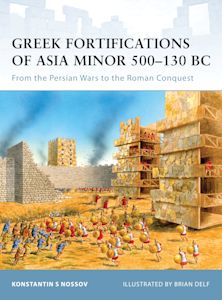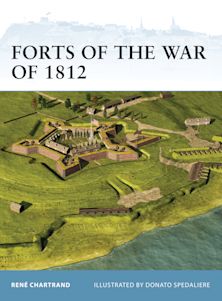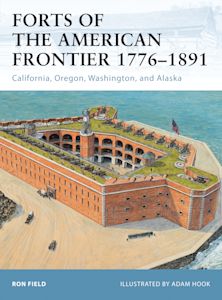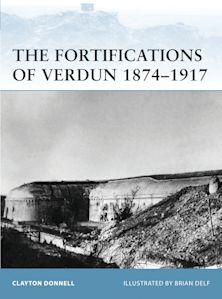- Home
- NON-FICTION
- Architecture
- Castles and Fortifications
- How to Read Castles
You must sign in to add this item to your wishlist. Please sign in or create an account
Description
How to Read Castles is a travel-sized primer that takes a strictly visual approach to castle architecture, building up the reader's vocabulary of castle types, styles, and materials, and showing how these aspects can be recognized across architectural features from the floor-plan and moat, to the towers and crenulations.
Focusing on the period from the 10th to the 16th century, and crusading across the globe from a Welsh motte-and-bailey to a Japanese hirajiro, this is both architectural reference and visitor guide-showing the reader how to read the stories embedded in every castle's stones.
Castles once dominated the landscape as seats of power and symbols of wealth and status, providing a means of control over borders, passes, routes and rivers. Armed with this book you will be able to unpick their histories and see how they shaped the land around them. From rugged coastline defences to soaring mountain fortresses, this book takes the reader on an international journey of discovery, exploring some of the most inspiring and impressive architecture history has ever seen.
Table of Contents
THE GRAMMAR OF CASTLES
Function
Design & Construction
Castle Types
Destruction & Revival
CASTLES: FEATURE BY FEATURE
The Great Tower
The Enceinte
Tower, Turrets & Bartizans
The Entrance
Barbicans
Wallhead Defences
Accommodation
Chapels
Dungeons, Oubliettes & Prisons
Doors & Windows
Water Supply & Sanitation
Heating
Staircases
Glossary
Resources
Index
Product details
| Published | 28 Jun 2018 |
|---|---|
| Format | Paperback |
| Edition | 1st |
| Extent | 256 |
| ISBN | 9781912217687 |
| Imprint | Herbert Press |
| Illustrations | 400 |
| Dimensions | 0 x 0 mm |
| Series | How to Read |
| Publisher | Bloomsbury Publishing |
About the contributors
Reviews
-
For anyone beginning to take an interest in castle building, Hislop's book will prove a very sound introduction.
John R Kenyon, Medieval Archaeology















